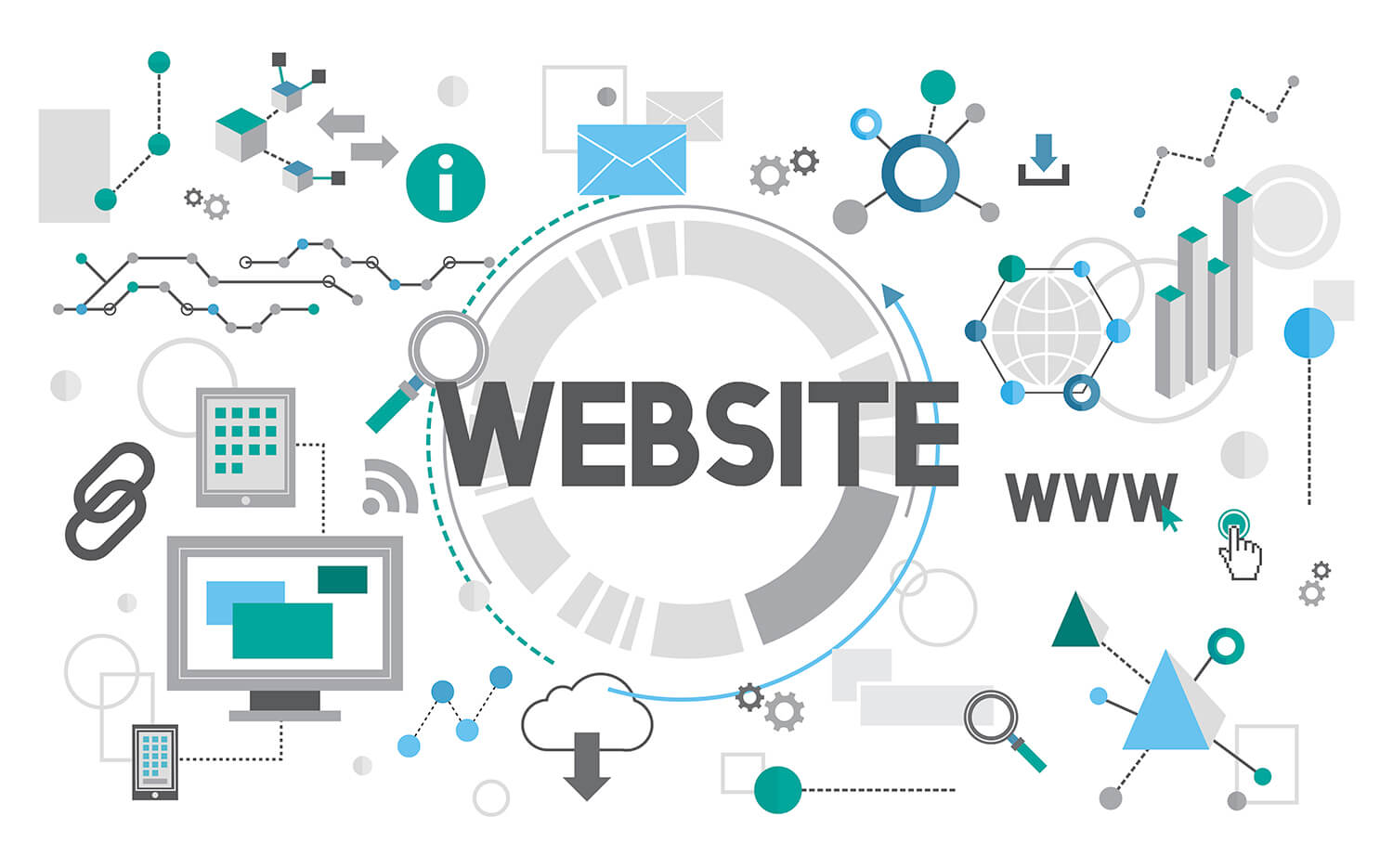If you’re thinking about having a website developed, or are in the process of having one developed, it’s important to understand the steps involved. A typical website development process includes the following steps: planning, research, wireframing, design, development, testing, and launch.
While the specific steps may vary slightly from project to project, understanding the general process can help you know what to expect and help you communicate better with your web development team.
Table of Contents
Website Development Timeline
A website development timeline is key to ensuring your website design process goes smoothly. By keeping track of your project milestones, you can ensure that your team is on track and that your website launch goes off without a hitch.
Here are a few tips for creating a website development timeline:

Define your project scope. What features do you want on your website? What content will you be including? Knowing the answers to these questions will help you better estimate timelines for each task.

Create a task list for each phase of the project. Once you have an idea of what needs to be done, break down the tasks into smaller, manageable pieces. This will make it easier to see progress and identify any potential roadblocks.

Estimate how long each task will take to complete. This step is crucial in ensuring that your timeline is realistic.
Why should we follow the website development process?

The website development process is important for a number of reasons. First, it helps ensure that your website is well-designed and user-friendly. Second, it helps ensure that your website meets all the technical requirements for launching and running smoothly. Third, following the website development process can help you avoid potential problems down the road.
Also Learn: Types of websites
So why should you follow the website development process?
First and foremost, It can save you a lot of time and money in the long run. By ensuring that your website is well-designed and user-friendly from the start, you can avoid having to make major changes later on.
Additionally, by following the website development process, you can be confident that your website will meet all the necessary technical requirements for launching and running smoothly. Finally, following the website development process can help you avoid potential problems down the road.
What Steps Should Website Development Process Include?
If you are not sure about the website development process checkpoints then have a look at the below given points that a perfect web design and development process must include:
attention-grabbing opening

When it comes to website design, first impressions are everything. In order to make sure your site is successful, you need to start with an attention-grabbing opening.
The first step in creating an attention-grabbing opening is to identify your target audience. Once you know who you’re trying to reach, you can tailor your message and design to appeal to them.
Your website’s opening should be both visually appealing and informative. A good way to achieve this is by using strong images and headlines that grab attention and give users a sense of what your site is about.
By following these tips, you can create an opening for your website that will make users want to stick around and explore more.
Defining the scope: what the website will do?
Any website design process starts with understanding what the website should do. This is also known as defining the scope of the project. Without a clear understanding of the website’s function, it’s impossible to create a successful end product.
There are a few key questions that need to be answered in order to define the scope of a website:
- What is the purpose of the website?
- Who is the target audience?
- What content will be included on the site?
- What features or functionality does the site need to have?
Answering these questions will give you a better understanding of what the website should do and help you create realistic goals for the project. Once you’ve defined the scope of the project, you can move on to designing and building your site.
Also know, how much does it cost to build a website in India.
Research and planning: understanding your audience

When it comes to your website, understanding your audience is key. Without knowing whom you are trying to reach, it will be difficult to create a website that resonates with them.
There are a few ways to go about understanding your audience. The first is to research your target market. This can be done through surveys, interviews, and focus groups. Once you have a good understanding of who your target market is, you can start to create personas. Personas are fictional characters that represent your ideal customer.
Creating personas helps you to understand what type of content, design, and overall tone will resonate with them. It also allows you to see things from their perspective and understand what they are looking for when they visit your website.
Once you have a good understanding of your audience, the next step is to start planning your website design.
Also Read: What Makes a Website Good
Design and wireframing: creating a blueprint

Designing and wireframing are essential steps in the website design process. By creating a blueprint, you can make sure your website is designed correctly from the start.
Wireframing is the process of creating a blueprint for your website. This involves planning out the layout of your pages and deciding where each element will go. Wireframing is an important part of the website design process because it helps you to visualize the final product and ensure that all of the elements fit together correctly.
Creating a website design can be a daunting task, but by following a few simple steps, you can make sure your site is designed correctly from the start. First, do some research to determine what kind of website you need. Once you know what you want your site to achieve, you can begin designing it. Next, create wireframes for each page of your site.
Development: building the website

Coding and developing a website can be an exciting process. There are a few key steps in coding and developing a website. The first step is to come up with a design for the website. This can include choosing colours, fonts, and layout. The next step is to code the site. This can be done with HTML, CSS, and JavaScript.
There are two main aspects to building a website: coding and developing. Coding is the process of writing code that tells the website how to function. This code is written in HTML, CSS, and JavaScript. Developing is the process of designing and creating the content for the website. This includes everything from the layout to the images and text.
Both coding and developing are important parts of creating a successful website. Coding gives the site its structure and functionality while developing makes it visually appealing and easy to use.
Testing and launch: making sure it works

After all of the website design process is complete and you have given the green light, it’s time to test and launch the website making sure it works. This is an exciting moment because all of your hard work is finally going to be put on display for the world to see. Here are a few things to keep in mind during this process:
- Make sure all of your content is proofread and ready to go – you don’t want any typos or errors on your site!
- All of your links should be checked and working properly – you don’t want visitors to get frustrated and leave your site.
- Test out all of the functionality on your site – from contact forms to e-commerce features, and everything should be working perfectly.
- Once you’re confident that everything is working as it should, it’s time to launch!
Ongoing maintenance: keeping it up-to-date
As a website owner, you know the importance of keeping your site up-to-date. Part of the website design process is ongoing maintenance to ensure your site remains relevant and engaging for your visitors. Website maintenance can be a daunting task, but it doesn’t have to be. Here are some tips for keeping your site up-to-date:

Keep your content fresh. Regularly adding new content to your website helps to keep visitors coming back for more. Whether it's a blog post, an article, or a new product page, keeping your content fresh is key to maintaining an engaged audience.

Monitor your site statistics. Use Google Analytics or another similar service to track how users are interacting with your site. This data can help you identify areas that need improvement and make changes accordingly.

The website design process doesn't end when the site goes live. In order to keep your site running optimally, you need to regularly update content, check for broken links, and ensure that all forms and functionality are working properly.
Conclusion: wrap Up
In conclusion, the website development process is an important part of any business. It is a way to ensure that your website is accessible to everyone and that it meets all of the necessary requirements. By following these steps, you can avoid any potential problems and ensure that your website is up and running in no time.
RankON Technologies is one the finest website development company in India that offers affordable website development packages for small businesses.












